DMS3DS – A New 3D-Audio Array For The Cinema
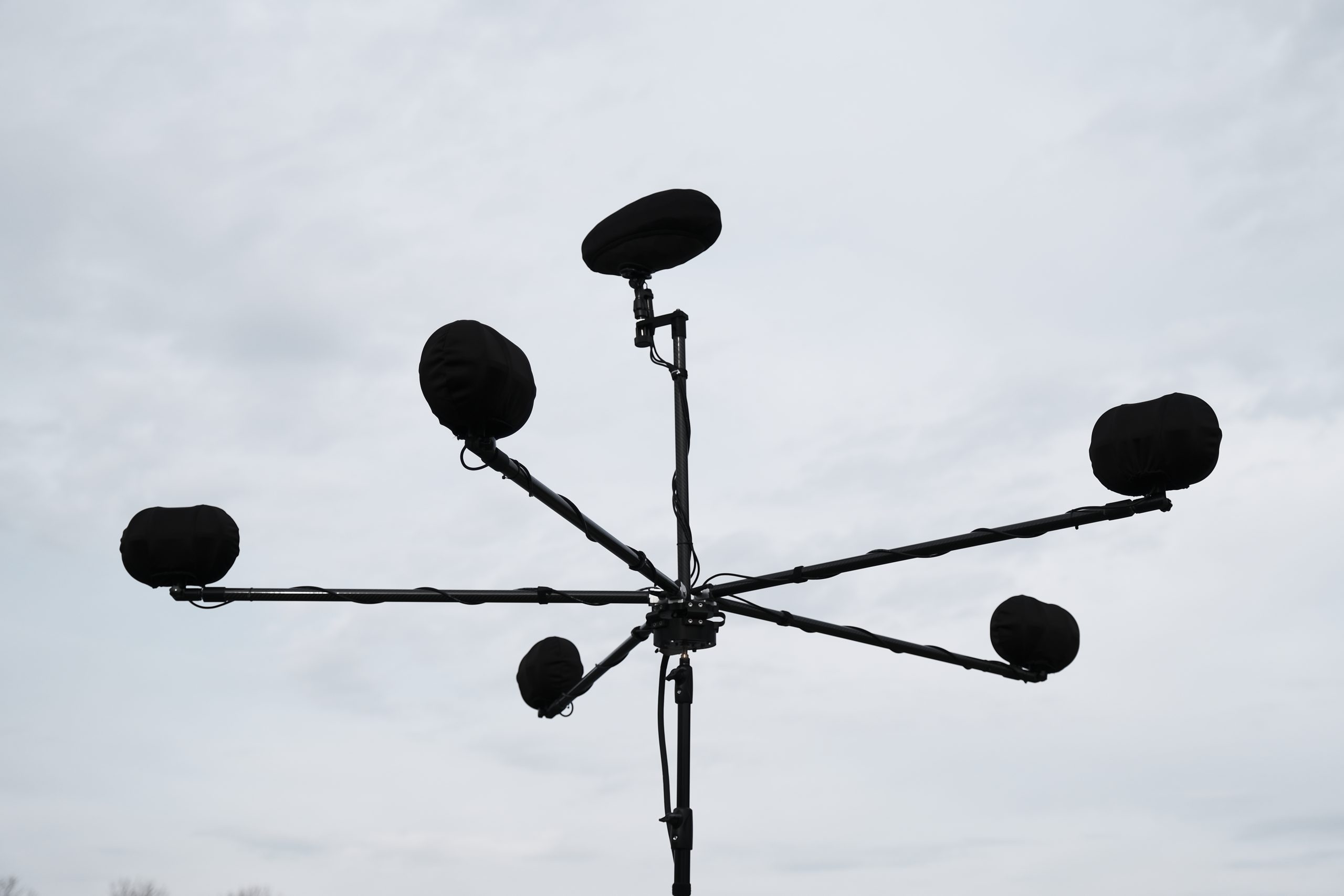
Double Mid-Side 3D Surround Array by Daniel Meuser

Double Mid-Side 3D Surround Array by Daniel Meuser
DMS3DS stands for Double Mid-Side 3D Surround. This new 3D-Audio Array was build and developed by Daniel Meuser in 2020. It combines a DMS (Double Mid-Side) array on the height layer, with a 5.0 spaced omni array on the surround layer. Combining these very different sounding arrays that complement each other sonically, and placing them in the respective layers where it makes sense, delivers immersive and natural sounding 3D-Audio recordings.
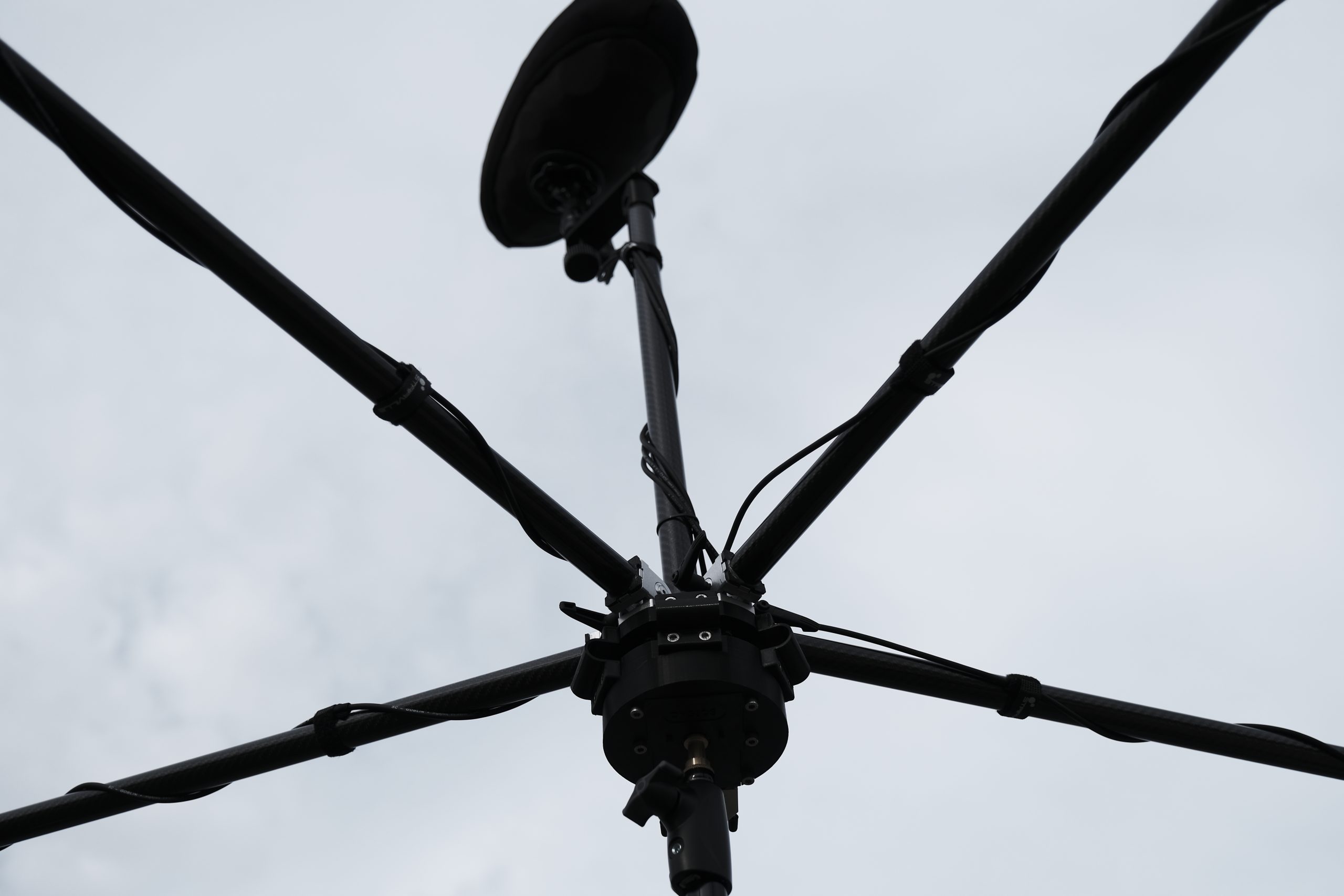
Main microphone array for (classical) music concerts or band recordings.
Ambience recordings for cinema, broadcast, VR-applications, Games, 3D-Audio ear-plays, 3D-Audio Installations for the Frauenhofer Spacial Wave system, etc.
Main microphone array for large shows or sport events.
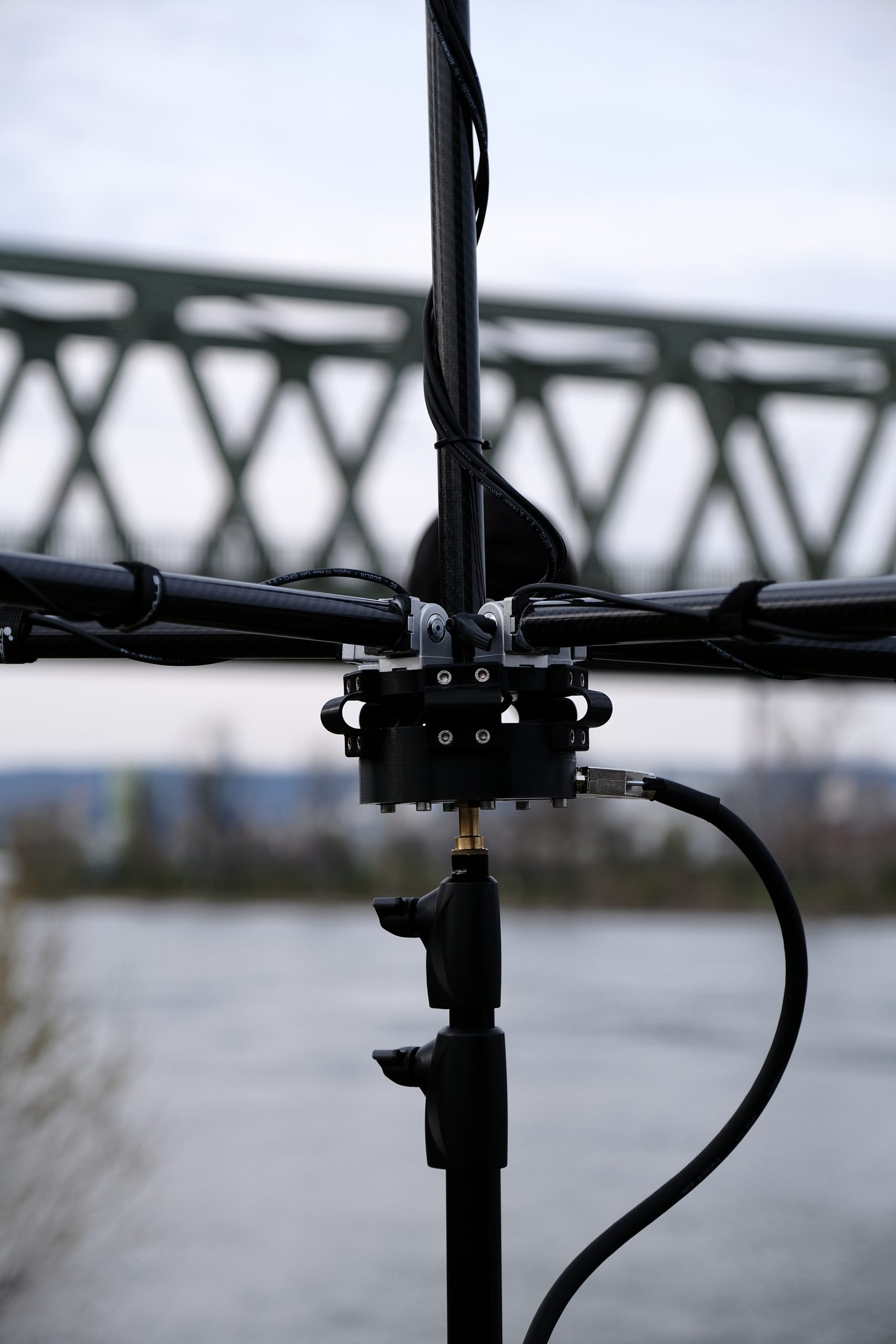
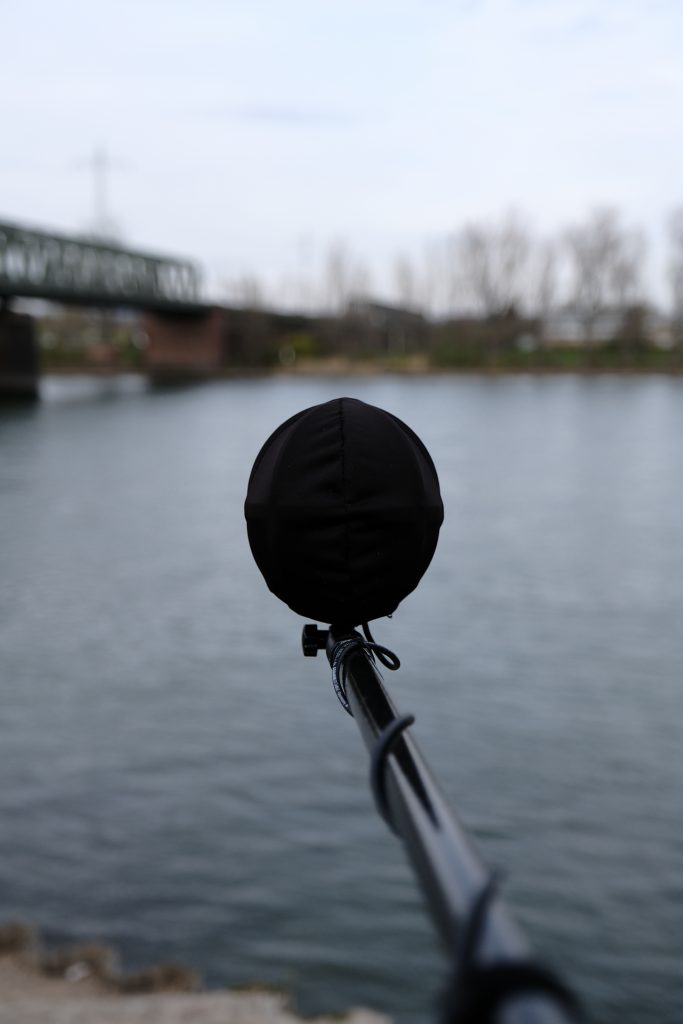
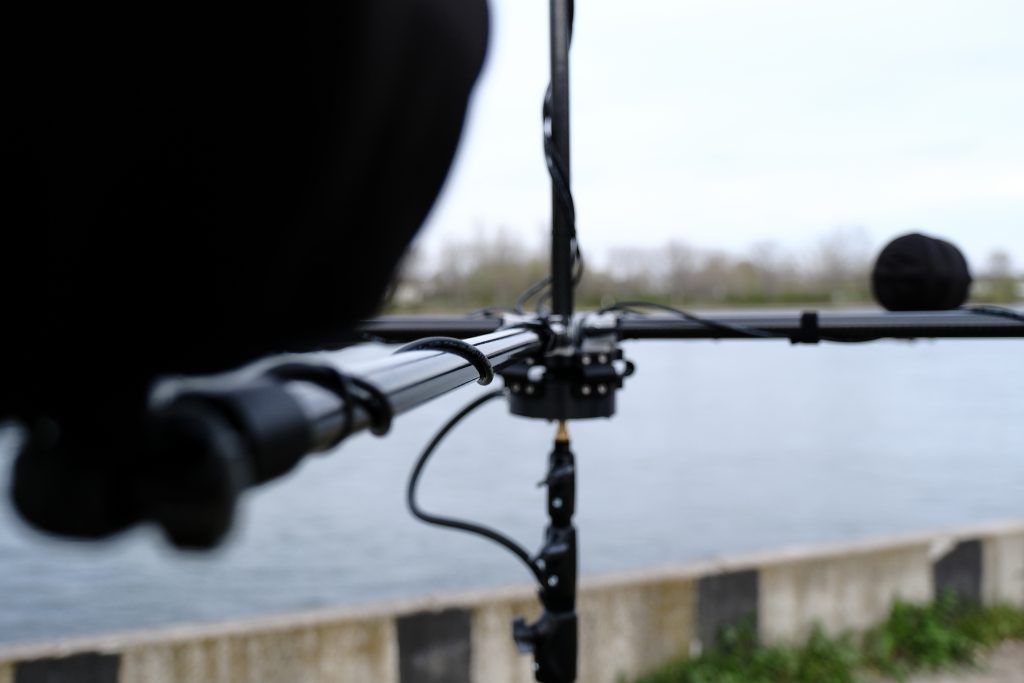
Coming soon!